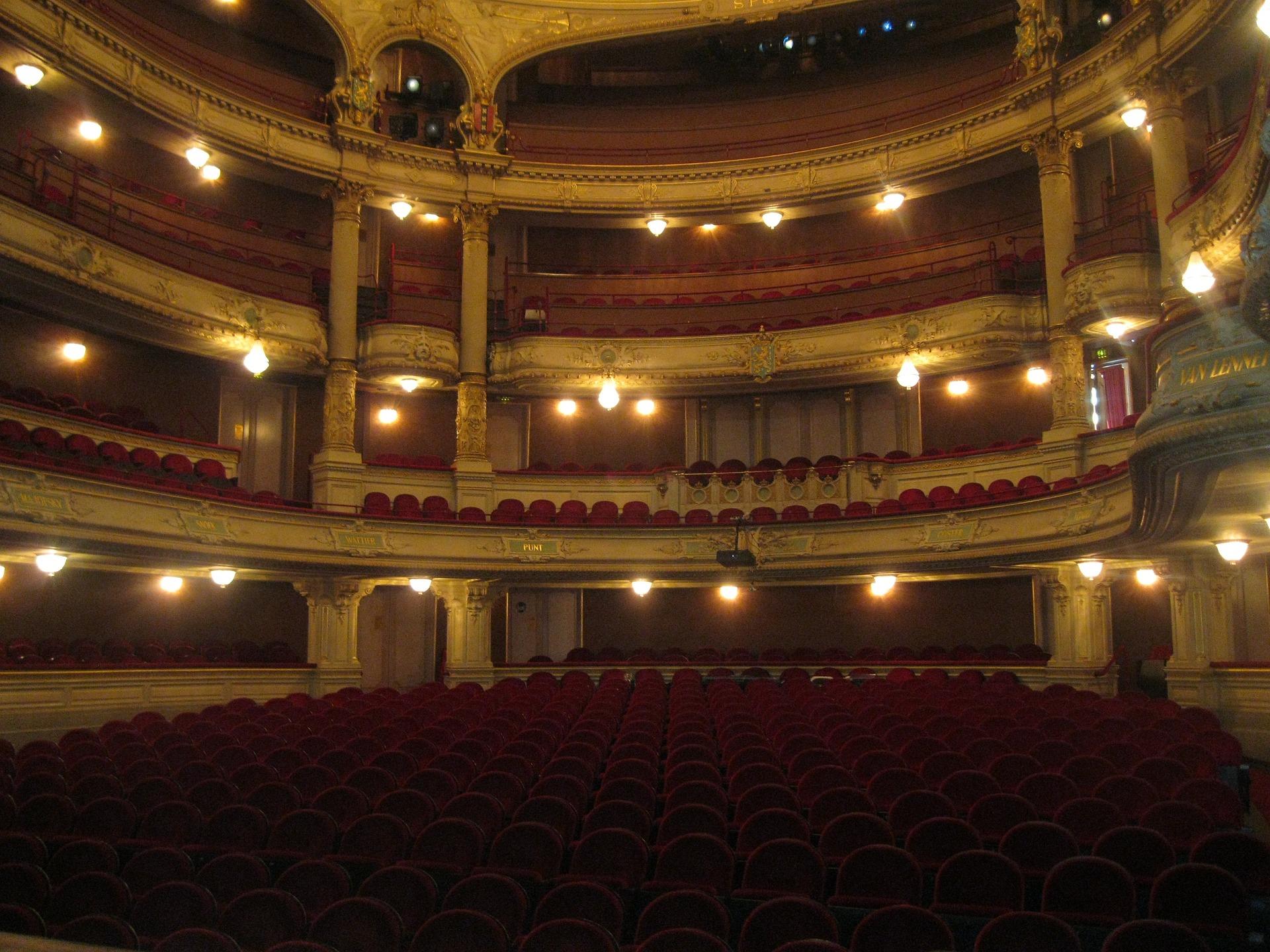Bridging Beats: Electronic Music’s Influence on Classical Compositions
In the world of classical music, a new trend is emerging. Contemporary composers are increasingly embracing electronic music's aesthetics, resulting in an exciting fusion that is reshaping the genre's boundaries. This article delves into the intricate relationship between electronic and classical music, tracing its roots, current trends, and impact on the arts and entertainment industry.

A Convergence of Genres: Historical Intersection of Electronic and Classical Music
Electronic music, although often associated with the club scene, has a deeper history that intertwines with classical music. Early electronic instruments like the Theremin and Ondes Martenot found their way into the works of classical composers in the 1920s. Over time, advancements in technology allowed more experimental interactions between electronic and classical music, culminating in the works of composers like Karlheinz Stockhausen and Pierre Boulez in the mid-20th century.
Current Trends: The Resurgence of Electronic Influence
In recent years, a resurgence of electronic influence in classical music has been observed. Modern classical composers, such as Anna Meredith and Max Richter, are harnessing the power of electronic elements to create innovative, immersive soundscapes. The Grammy-nominated album “Sustain” by Los Angeles composer Andrew Norman, for instance, is noted for its beautiful blending of orchestral and electronic sounds.
The Impact: Reimagining Classical Music
The integration of electronic music into classical compositions has redefined the genre’s boundaries, leading to a broader, more diverse audience. Experimental works that incorporate electronic elements have found acceptance in prestigious venues like the London Symphony Orchestra and the Metropolitan Opera. This cross-genre trend has not only elevated the status of electronic music but also made classical music more accessible to the younger generation.
The Significance: A New Artistic Language
The fusion of electronic and classical music forms a new artistic language that expands the expressive potential of both genres. It allows composers to explore unprecedented sound textures and structures, pushing the envelope of creative expression. This innovative approach has significant implications for music education, composition, and the broader cultural discourse around music genres.
Reception: A Warm Embrace and Heated Debate
The reception to the fusion of electronic and classical music has been mixed. While many laud it as an inventive evolution of classical music, purists argue that it dilutes the genre’s essence. However, despite the debate, the popularity of such cross-genre works continues to grow, marking an exciting shift in the classical music landscape.
The convergence of electronic and classical music marks an exciting chapter in the arts and entertainment industry. As contemporary composers continue to explore this rich intersection, we are likely to witness more groundbreaking works that challenge our understanding of music. This trend is a testament to the boundless possibilities of creative expression, reminding us that even in a field as established as classical music, there is always room for innovation and evolution.




